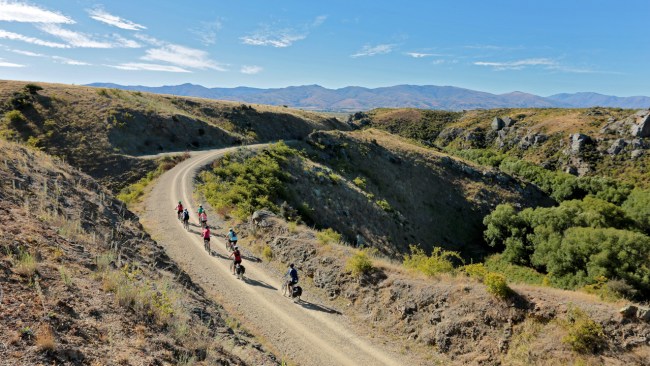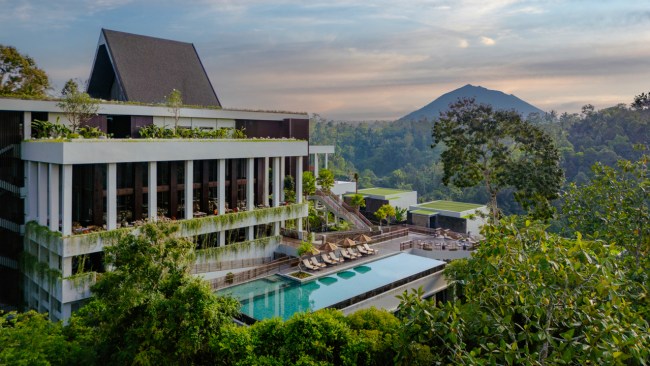I found the best places in Bali to avoid tourists
Amid tales of Bali overrun with tourists and development, this visitor discovers the off-the-beaten-path locations where she's reminded of the island she used to know.
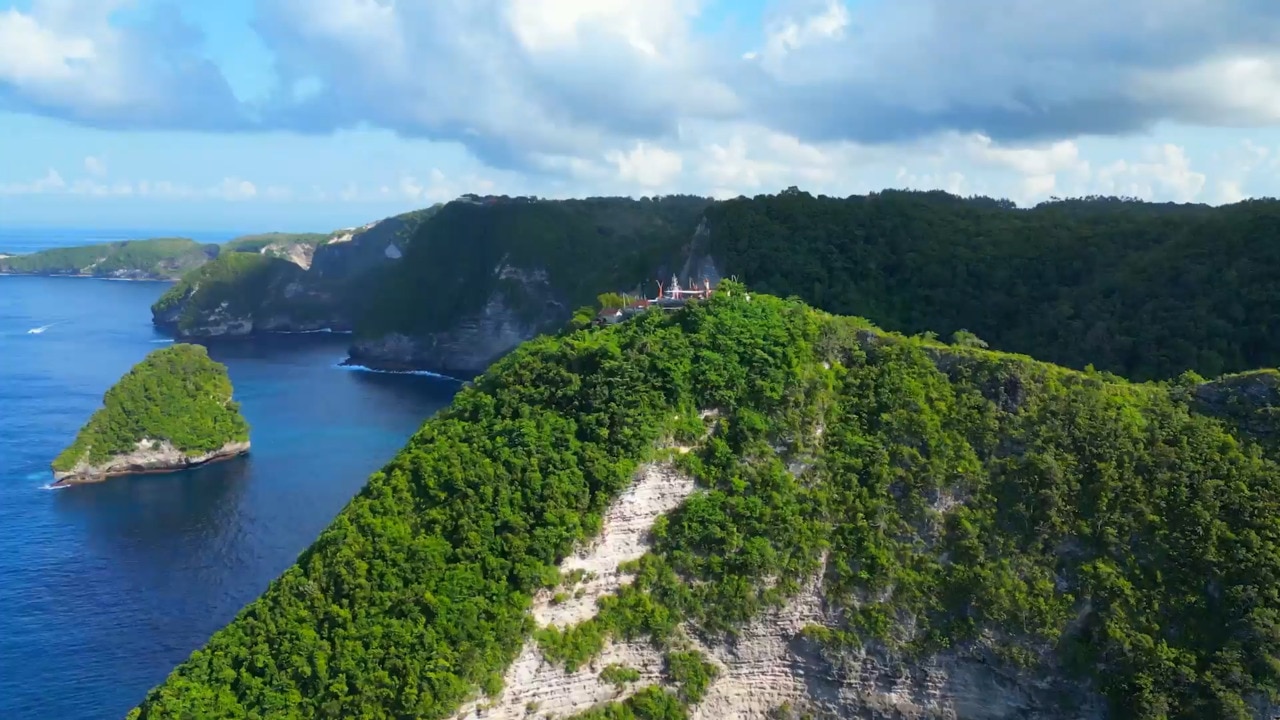
Lifestyle
Don't miss out on the headlines from Lifestyle. Followed categories will be added to My News.
On my recent visit to Bali – the island where I once lived – the Aussie owner of new Ibiza-style luxe beach club shared with me that he had been visited by a mega-wealthy Russian businessman who was seeking inspiration for a development he was building on the south coast.
“He wants to make it the next Dubai,” he told me.
Bali is experiencing a development boom. I cringe as we pass a billboard spruiking another new themed “city”.
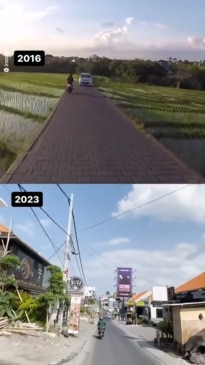
You can’t fight progress, but you can rally against it. Set your compass further north, east or west, and you’ll find a Bali you can connect more authentically with; places and people that are intent on preserving the island’s unique cultural heritage and environment.
Here are three of the best ways to get off the tourist trail.
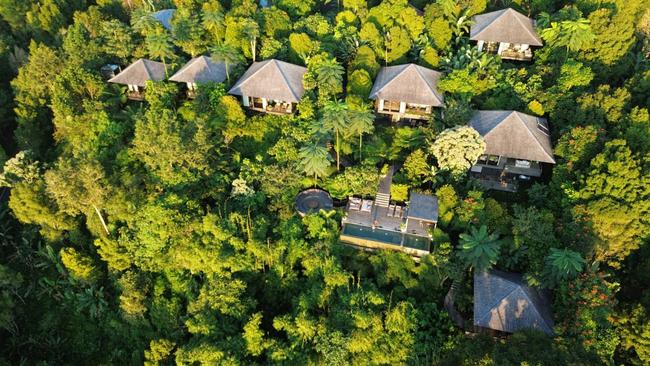
Jungle cook-up
As we forge deeper into the jungle my guide, Made, points out clove trees, eggplant, nutmeg and avocado as Bali’s ancient, Unesco-listed Subak irrigation system rushes past. He explains the hallucinogenic properties of the large white trumpet flower we’ve sighted, and how his grandfather had warned him about them as a kid.
Ten minutes later (no trumpets consumed), we’ve arrived at an open-air jungle kitchen, where Made’s wife and a friend are making preparations for our Jungle Cooking Class; a wood-fired, four-course Balinese feast cooked up right here in the middle of this lush setting.
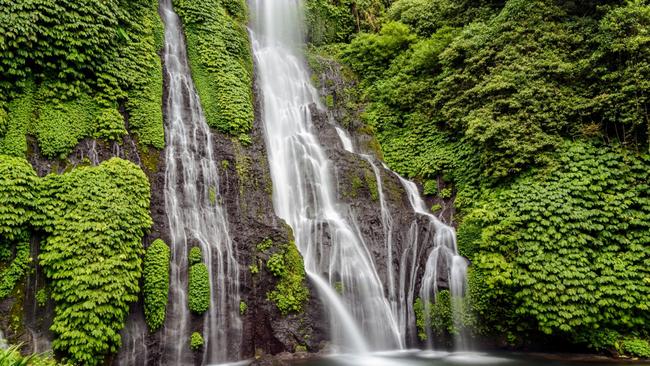
I’m in Munduk in North Bali, where the elevation is around 900m. These cool misty highlands are populated with waterfalls, including must-see Banyumala, coffee plantations and marigold farms. I’m staying at five-star mountain bolthole Munduk Cabins, in a stylish one-bedroom villa that feels like it’s floating in the tree canopy. A hot tub, magnesium infinity pool and circular fire pit that wouldn’t be out of place in Tulum are the perfect place to wind down at sunset.
Made’s cooking class is a 10-minute walk from the hotel and can be arranged by the staff. You won’t be left to your own devices for dinner, either. The hotel’s on-site bar and Indonesian restaurant Ulekan are an unexpected surprise. The dishes, including urutan asap (black pig sausage with lettuce cups and sambal) and chicken satay cooked over sustainably sourced rambutan and coffee plantation wood, are setting the bar high in an area that is still largely off the map.
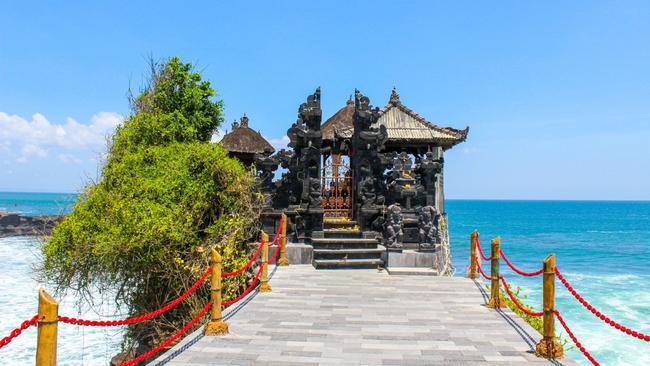
Temple timing
It’s almost shameful to admit I had never set foot in one of Bali’s most famed temples, despite my long history with the island. My excuse? Traffic. But that won’t be a problem this morning. It’s just past 7am and I’m pedalling between rice paddies in Tabanan, about 40 minutes west of Canggu. Volcanoes rise behind me in the distance and ducks quack as they patrol the crops. By the time we get to sea temple Tanah Lot, it’s 7.30am. And there’s not a soul here.
It’s almost unheard of to visit this holy spot in Bali without getting a selfie stick shoved in your face. Every sunset, tourists swarm the picturesque temple set on a black volcanic outcrop. But early bird gets the worm. Lush stay Nirjhara, which overlooks a cascading waterfall near the village of Kedungu, offers guided, complimentary bike rides to its guests every morning. Trips alternate every day between rides to Pig Stone Beach and this 16th-century temple. My guide, Pasae, tells me that locals believe it has a romantic curse; those who are unmarried and visit with their partner are apparently doomed. Solo travellers like me need not worry.
Back at the jungle ranch, there are plenty of ways to ease into the slower pace of holiday life – a treatment in the spa, a swim in the infinity pool or working your way through the menu at Ambu (order the Laksa Melayu).

Street eats
“I want people to know there’s more to Bali than nasi goreng and chicken satay,” says Penelope Williams, Australian chef and owner of Bali Asli, a restaurant and cooking school in tranquil East Bali. Penelope adopted this part of the island as her home 15 years ago and her fluency with the culture, language and food is apparent as soon as we step out into the streets of Amlapura, the main city in this multi-faith corner of Bali.
I’m visiting Amlapura from my serene base at Alila Manggis, just outside of Candidasa in a small village between the coast and Mount Agung. It’s about a 30-minute taxi from the resort to Bali Asli. With just 55 rooms starting from around $200 a night, this seaside resort is excellent value. At the centre of its immaculate grounds is a square pool that looks like an faceted aquamarine stitched into green silk.

As an expert on the local cuisine, Penelope knows what to buy and who from. It’s Ramadan when I visit, but that doesn’t put a dampener on this memorable food fling. At the night market, Penelope orders from her preferred stalls, including goat satay and omelette-esque martabak, which comes with directions.
“Bite the chilli, don’t chew it. Then take a bite of the pickled cucumber, but don’t chew it,” she says. “Now take a bite of the martabak and chew it all together.”
And to finish? Indonesia’s everything-but-the-kitchen sink dessert, es campur. No pointers necessary.
The writer travelled in Bali as a guest of Munduk Cabins, Nirjhara, Bali Asli and Alila Manggis.
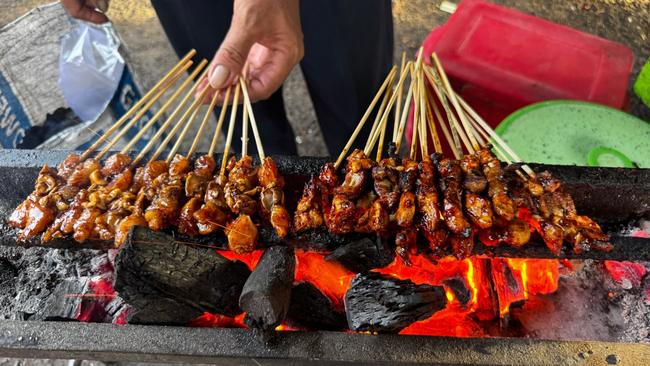
How to get to Bali from Australia
Qantas flies direct to Bali from Sydney, Brisbane and Melbourne.
Where to stay in Bali off the tourist trail
Munduk Cabins offers mountain villas from $480 a night; stay in a Canopy Suite at Nirjhara from $564 a night; rooms at seaside Alila Manggis in East Bali start from $179 a night.
More Coverage
Originally published as I found the best places in Bali to avoid tourists



